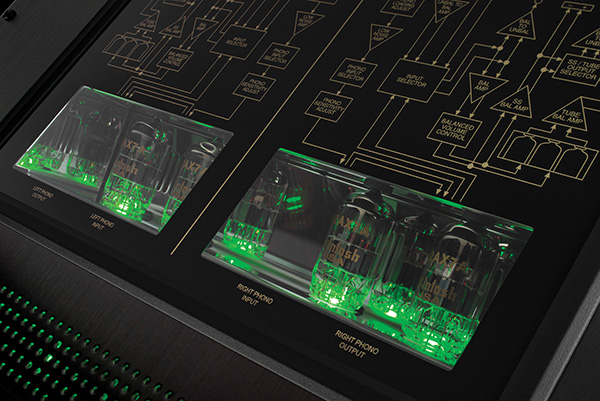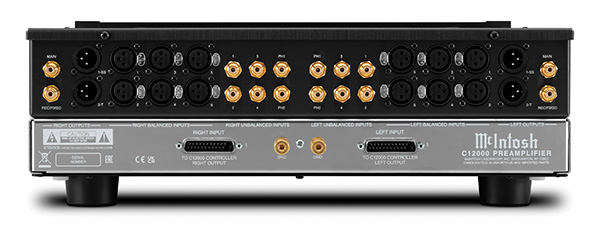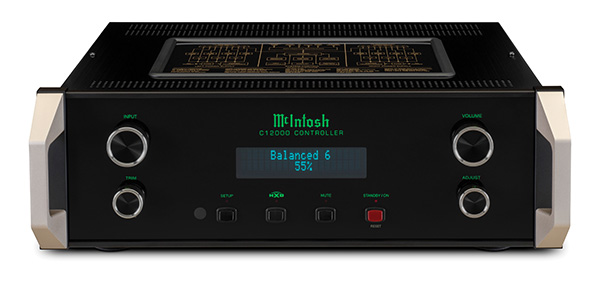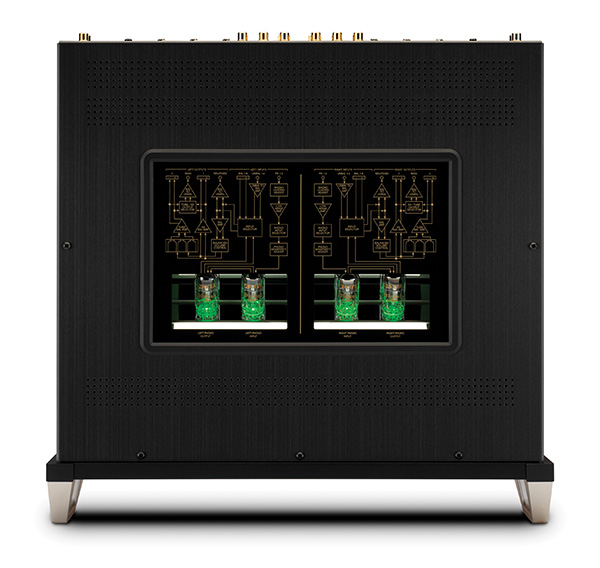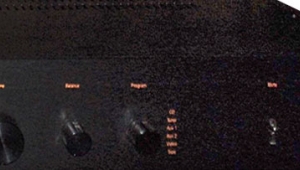| Columns Retired Columns & Blogs |
I dunno what you guys have been doing with your platform lately, but this site loads pages slower than ever.
You fixed the responsive problem the other day (when the desktop theme loaded on mobile and the "switch theme" widget appeared on desktop articles).But now, while the home page loads ok, when you click on "continued reading," it takes forever. On both Chrome and Firefox.
I shudder to think what will happen when Drupal 7, released in 2011, goes end of life in 2025.
P.S. The "preview comments" function now also appears to be operating slightly anomalously. (When you are in preview, the "save preview" buttons are now pushed way down below the article.)

